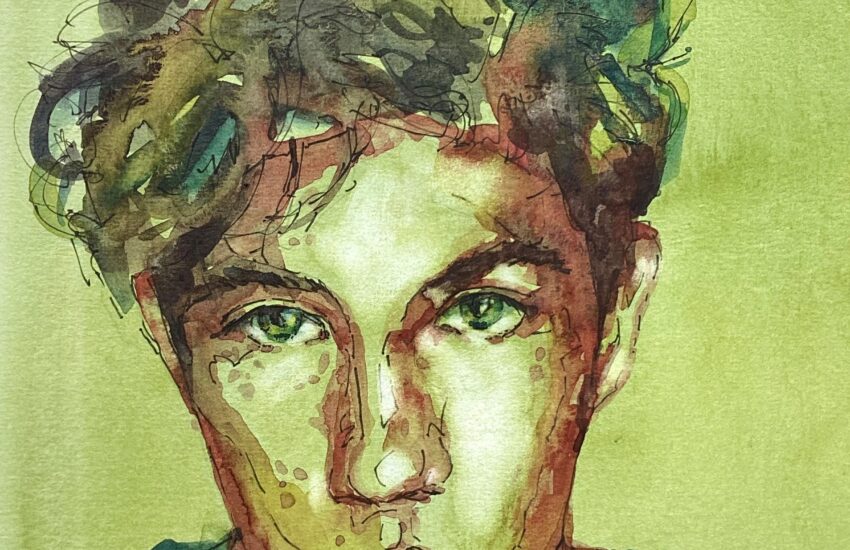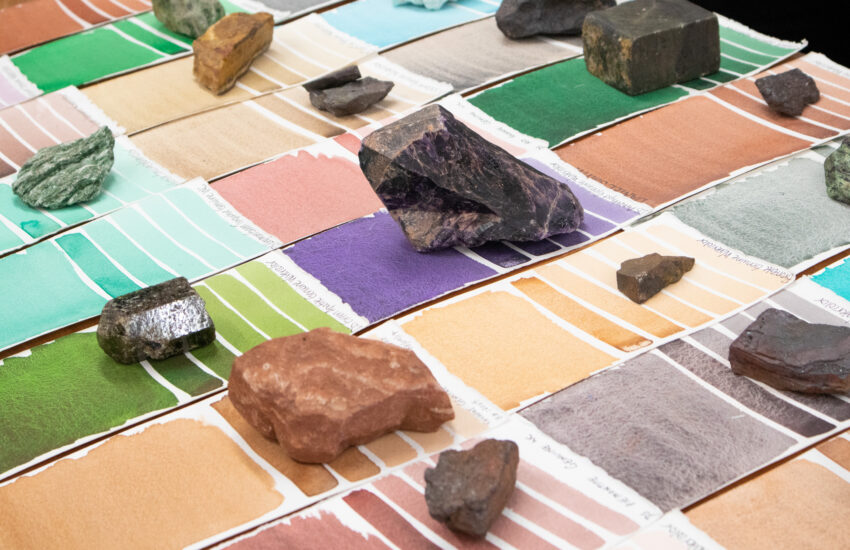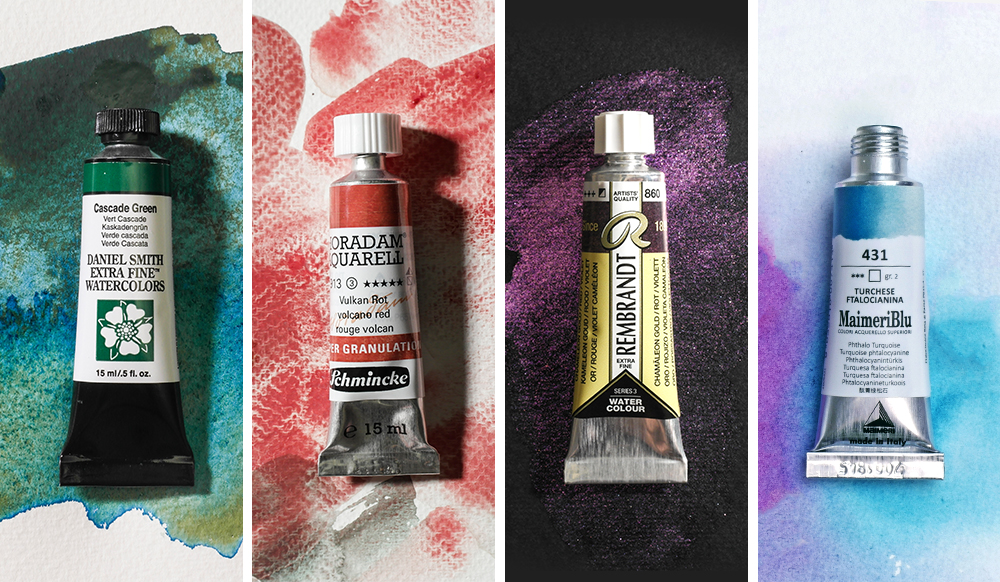The Abstract Life of Pablo Picasso
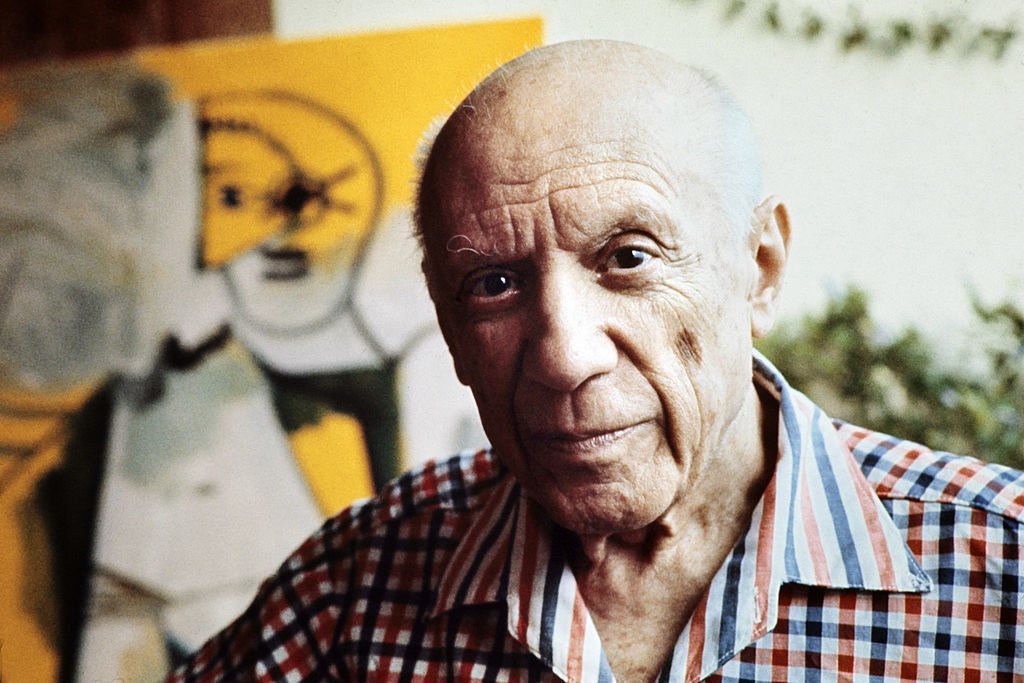
Where it all began
Regularly celebrated as the greatest artist of all time, Picasso had a relatively modest childhood. Born in Malaga, Spain on October 25th 1881 to parents Don José Ruiz Blasco and Doña Maria Picasso y Lopez, he displayed a talent for drawing at a very young age. His father was a painter, who gave him the artistic tools he needed, but by the time he was 13, young Picasso had far surpassed his father’s skill.
At school, he spent a lot of time in a ‘calaboose’ – an empty cell with a bench, as a punishment for being a bad student. He would take a sketchbook with him and while away the time, drawing picture after picture.
Picasso attended the School of Fine Arts in Barcelona when he was 14 and the Royal Academy of San Fernando when he was 16, but had trouble sticking to the rules and regularly skipped classes to draw the things he encountered in the city. He returned to Barcelona in 1899 and it was here that he disowned his classical training and became inspired by more radical ideas.
Early career (The Blue Period 1902 – 1904)
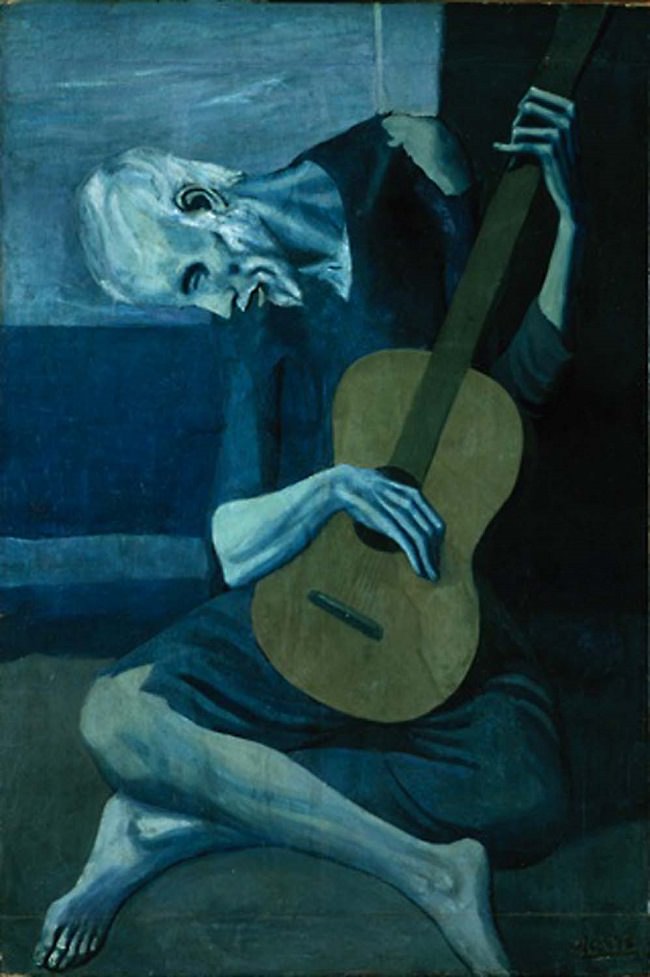
Picasso’s young adulthood was marred by the death of his friend Carlos Casagemas, who committed suicide by shooting himself in the head in a crowded bar. He fell into a spell of depression and poverty that was translated into his early works. All his paintings were created in various shades of blue, with only the occasional colour accent. He would paint scenes of sadness and despair, depicting beggars, drunks, prostitutes, the elderly and the blind.
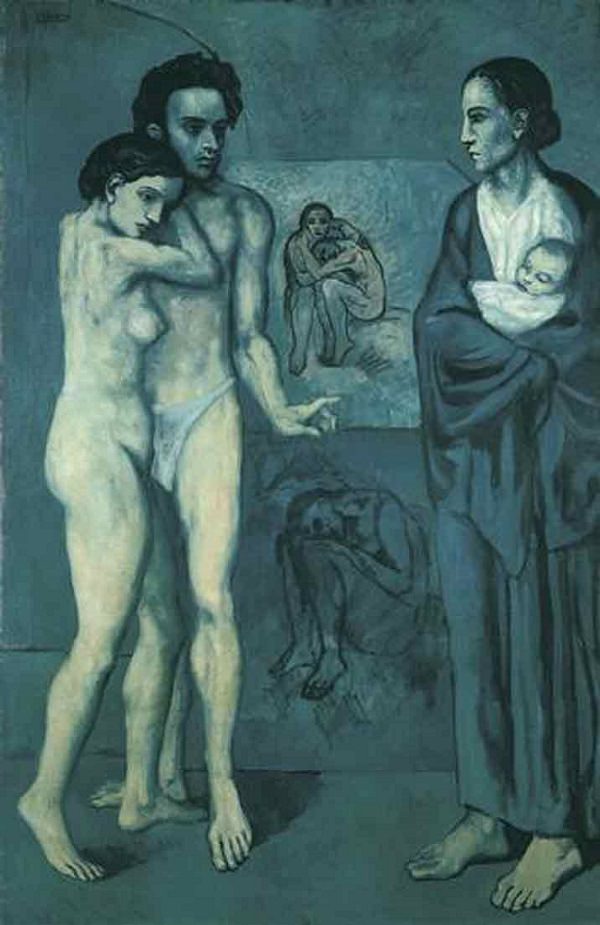
Although his paintings didn’t sell well at the time, La Vie is now one of the most priceless pieces at the Cleveland Museum of Art. This painting depicts his tragic friend, with a nude lady and a mother and child onlooking. He also had an obsession with blindness at the time, illustrated by the paintings, Celestina and The Blindman’s Meal.
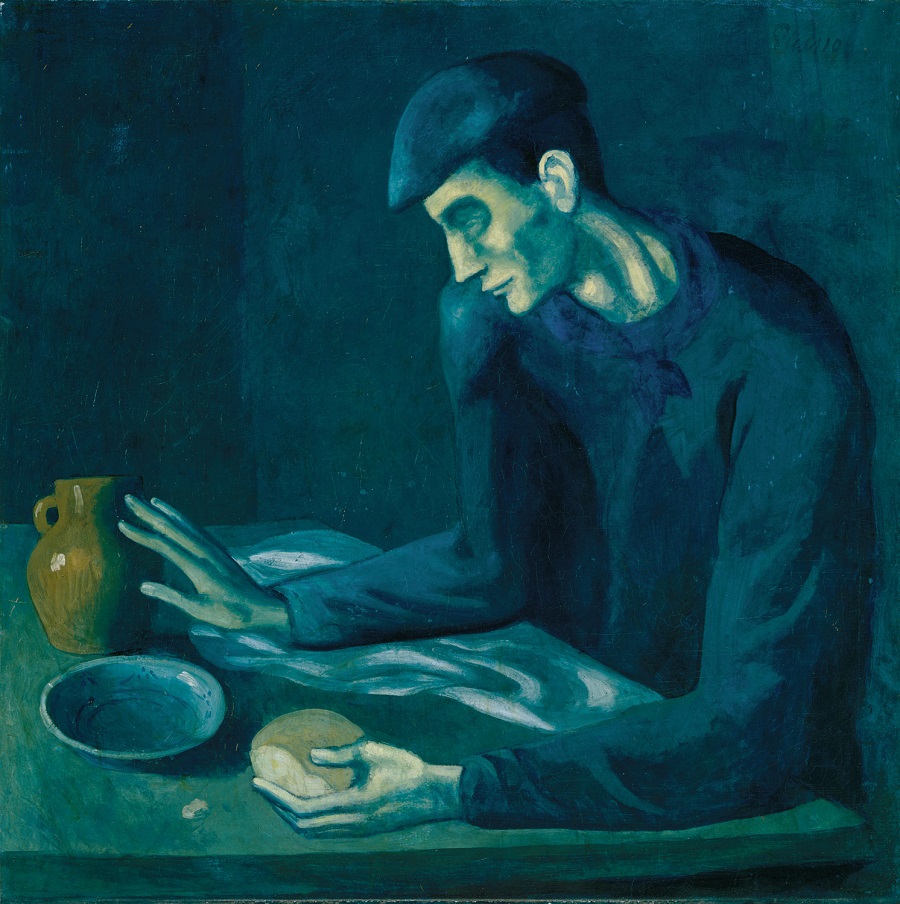
The Rose Period (1904 – 1906)
Although Picasso was still suffering with his mental health, he started to mix up his colour palette during the Rose Period, with brighter pinks and oranges affecting his designs. He was a well-known womaniser, but it is possible that his dalliance with Fernande Olivier was responsible for his change in mood.
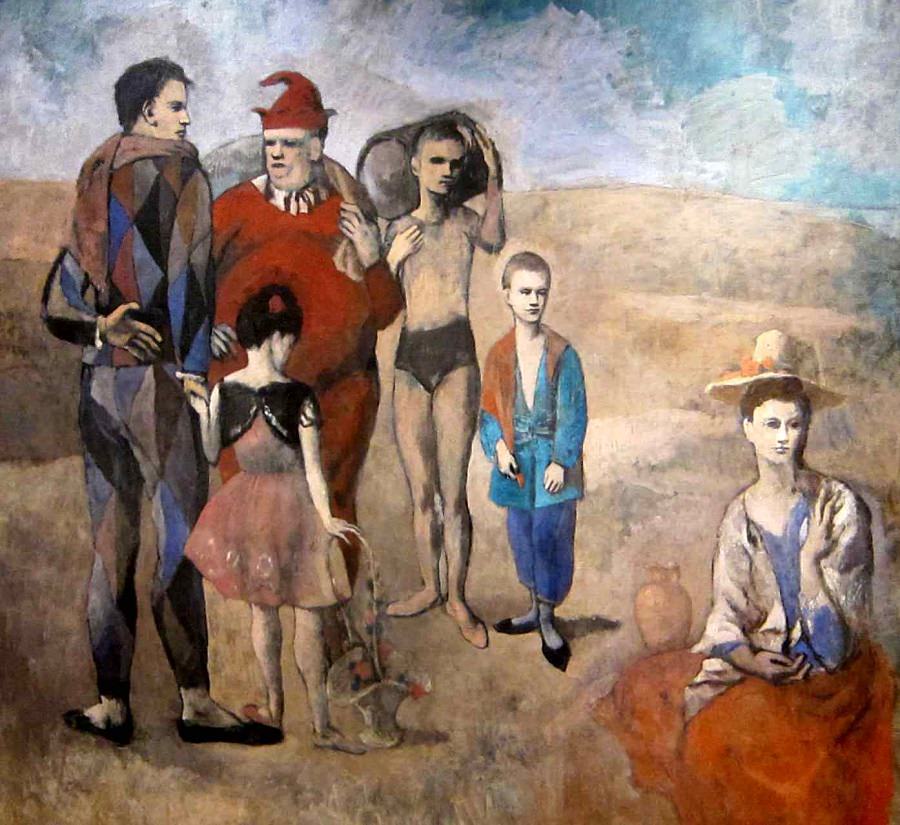
This period is thought to show evidence of a predisposition to abstract works, although it is more defined by slight lines and idealised forms. His favourite subjects were circus performers, as portrayed in Family of Saltimbanques, since he saw them as outcasts from society, whose profile he wished to elevate.
Cubism
Together with his friend Georges Braque, Picasso pioneered the cubism movement.
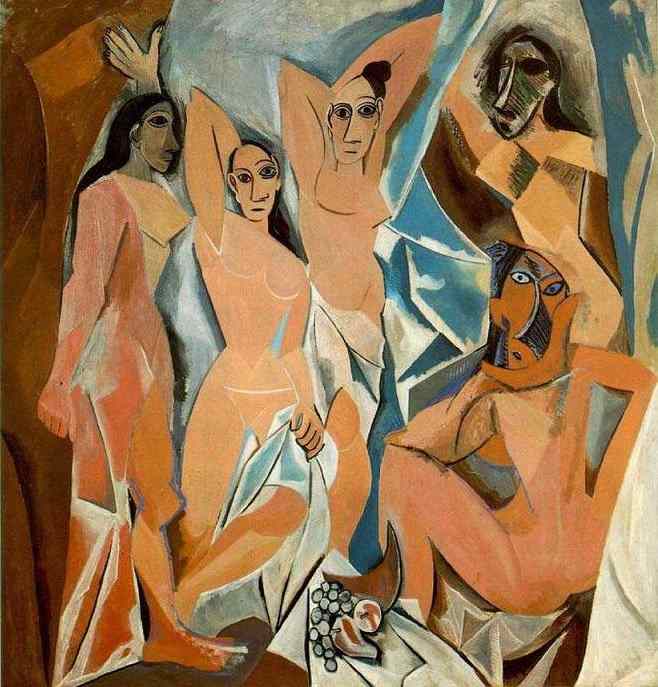
One of the most famous paintings of the time, Les Demoiselles d’Avignon, is a painting of five prostitutes in which the women have been jumbled up and placed back together to give a very abstract look. It was received with huge criticism but is now thought to be an extremely important piece.
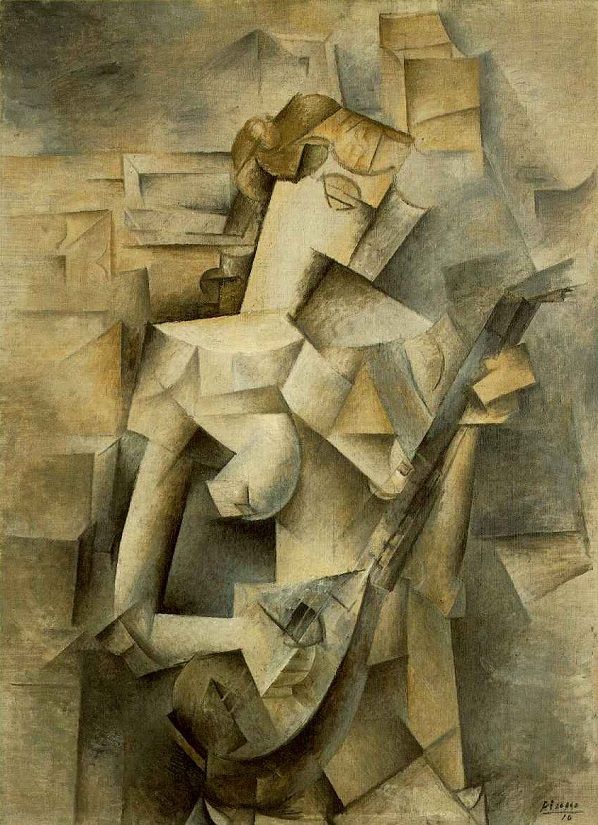
Girl with Mandolin is one of the later pictures of this time and the subject is almost completely unrecognisable thanks to the complexity of cubism. Dark lines and sharp edges are a key feature of all Picasso’s paintings during the cubist period.
Classical and Surrealism
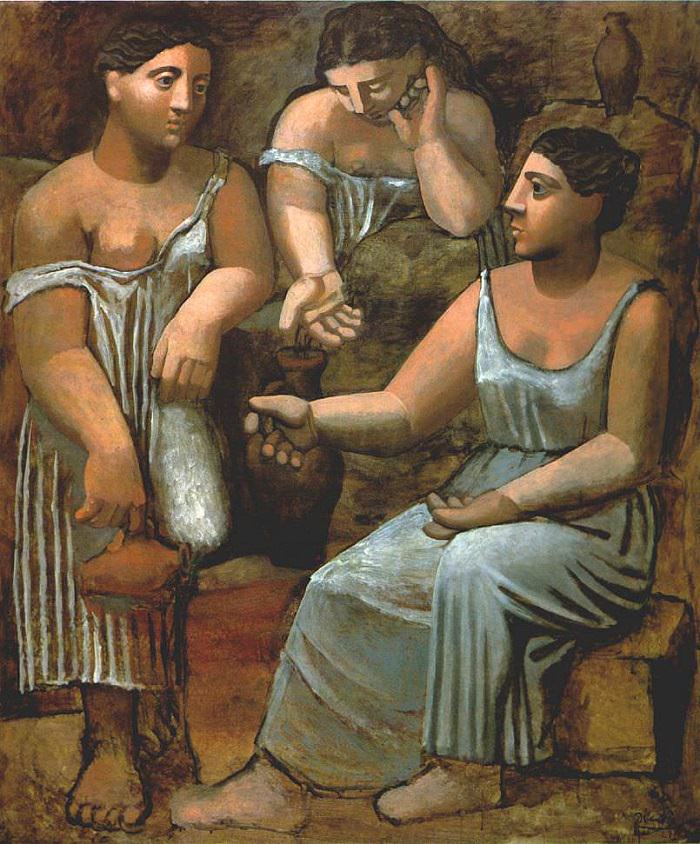
Picasso returned to his classical roots for a while in 1918, perhaps brought on by the first world war. While his paintings still had an element of the abstract, the characters were far more realistic. For example, Three Women at the Spring shows three characters who are clearly ladies with all their parts in all the right places, but their bodies are rounded and unusual.
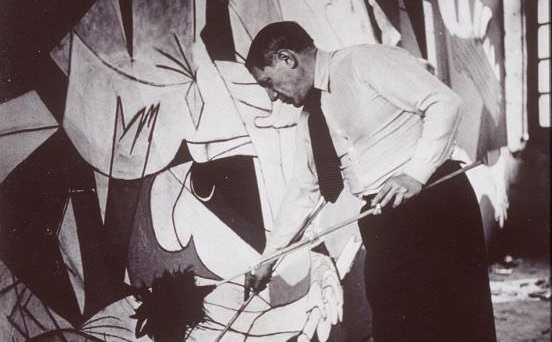
This period was followed by his surrealist stage, which came about around the time of the Spanish war. He was devasted at the effect of the fighting and bombing and painted Guernica in response. The monochrome picture depicts the suffering of humans and animals, with images of a gored horse and flames.
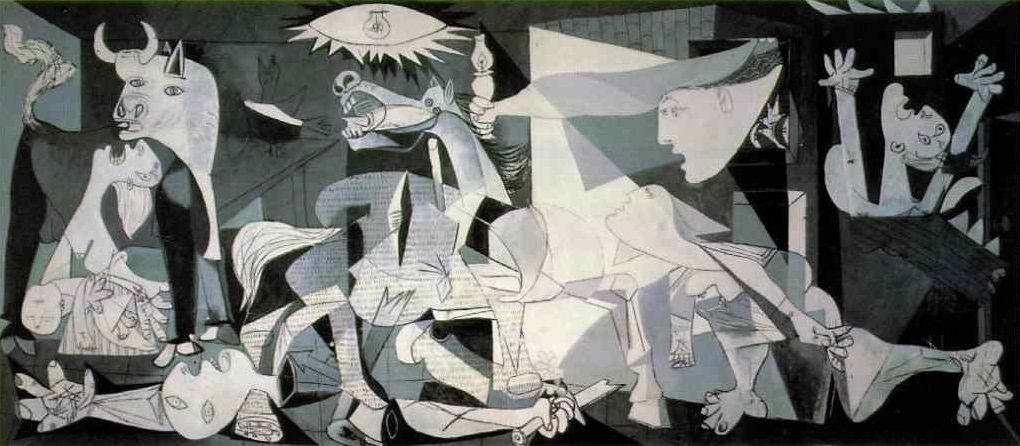
Later Works and After Death
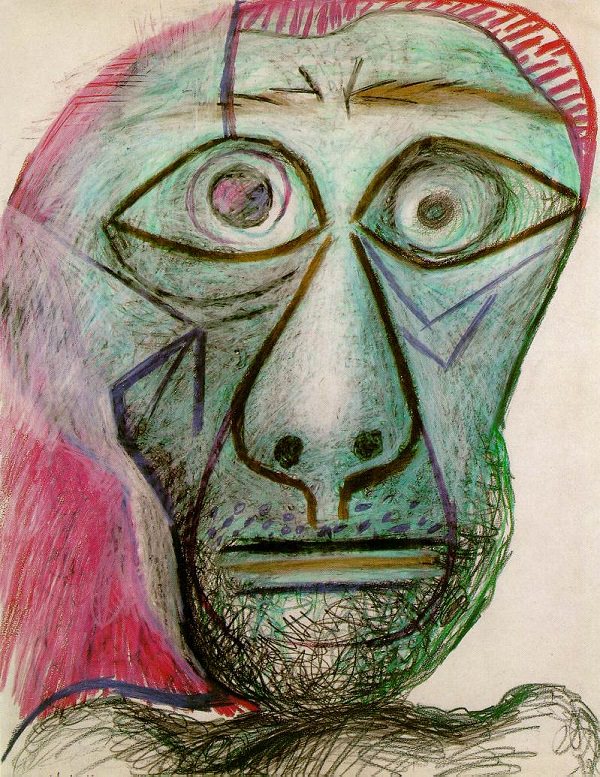
As he aged, Picasso’s style became more immature and childlike. Self Portrait Facing Death was possibly his last famous painting and had the scared innocence of a frightened child.
Picasso died in 1973 of a pulmonary edema. He was 91 years old and left behind a huge estate and over 16,000 paintings. An auditor was appointed and concluded that Picasso was worth between $100 and $250 million. He was one of only a few famous artists to find fame and fortune during his lifetime, but his profile has only elevated after his death.
His family fought over the rights to use his name, to sell his works and create a Picasso brand. Despite his heirs all remaining extremely wealthy, the feud continues to this day.
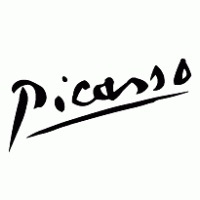
Sources:
- https://www.biography.com/people/pablo-picasso-9440021
- https://www.pablopicasso.org/blue-period.jsp#prettyPhoto
- https://www.pablopicasso.org/old-guitarist.jsp
- https://www.pablopicasso.org/la-vie.jsp
- https://www.pablopicasso.org/saltimbanques.jsp
- https://www.pablopicasso.org/avignon.jsp
- https://www.pablopicasso.org/girl-with-mandolin.jsp
- https://www.pablopicasso.org/three-women-at-the-spring.jsp
- https://www.metmuseum.org/toah/works-of-art/50.188/
- https://www.pablopicasso.org/guernica.jsp
- https://www.pablopicasso.org/final-years.jsp
- https://www.celebritynetworth.com/articles/how-much-does/happens-estate-valued-billion-dollars-dont-leave-will-children-pablo-picasso-found-hard-way/



